features
How to cook steak best – 6 delicious tips from fillet to sirloin to rump
04 Jan 2021
3m
Learning how to cook steak is like walking a tightrope.
Whatever cut you’re working with, there’s a thin line between beautifully tender and flavourful perfection and an under or overcooked disaster.
Steak has become so popular that everyone has their own individual preference when it comes to taste, consistency and colour, so getting it right is always going to be a challenge.
So how do you cook the perfect steak?
Here’s everything you need to know…
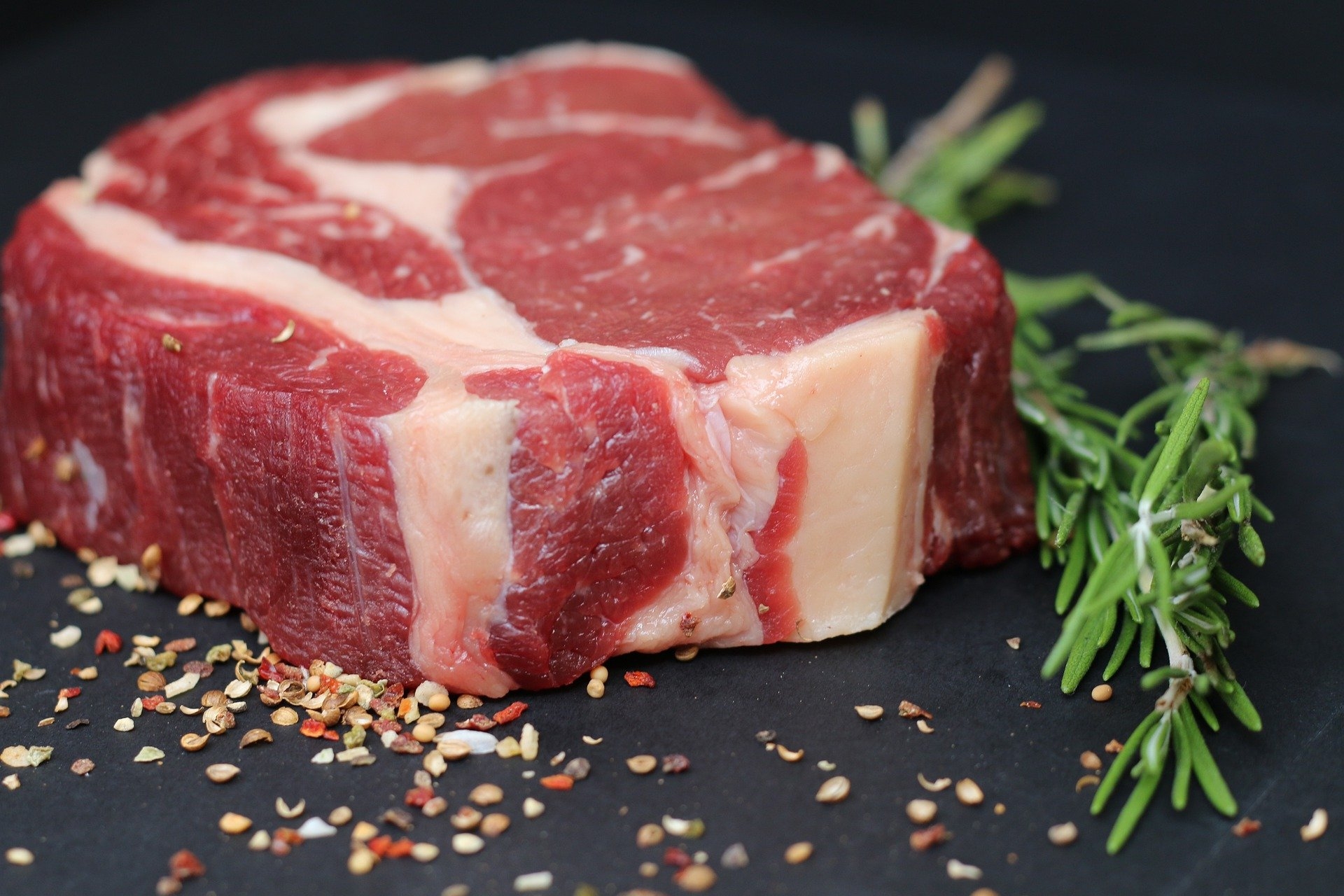 Learning how to cook steak can be more difficult than it seems (Credit: Pixabay)
Learning how to cook steak can be more difficult than it seems (Credit: Pixabay)
How to cook steak
The best way you can prepare a steak is by really getting to grips with the different requirements of each specific cut.
Cooked in the right way, every type of steak can deliver stunning results, guaranteed to please a crowd.
To help you avoid the ire of disappointed steak aficionados, here’s our guide on how to cook steak.
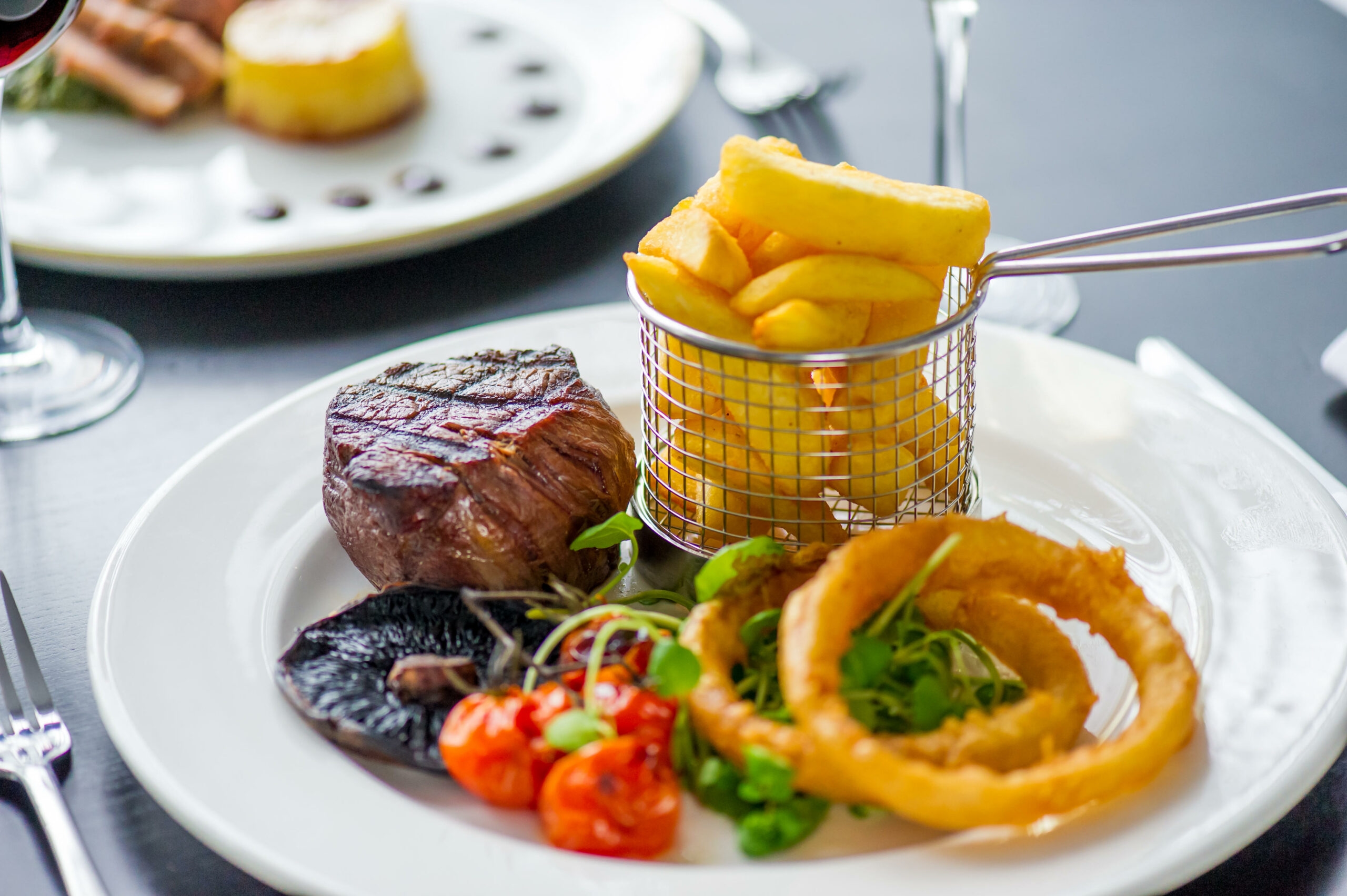 Fillet is one of the most expensive and exclusive cuts (Credit: Alamy/Kevin Nicholson)
Fillet is one of the most expensive and exclusive cuts (Credit: Alamy/Kevin Nicholson)
1. Fillet
The most tender and expensive cut, fillet needs to be treated with respect. Mostly devoid of fat, the biggest mistake you can make is to overcook and dry out the meat.
Prior to being added to a pan, fillet should be patted down and seasoned with salt to remove any excess moisture and enhance the flavour. In some cases, you may also have to remove a thin membrane from the outside of the meat.
If you don’t, this will tighten when cooked and make the meat tough. For best results, sear the outside on a high heat before finishing in the oven with a knob of butter.
 Sirloin steak features a thick ribbon of flavourful fat (Credit: Alamy/Nail Langan)
Sirloin steak features a thick ribbon of flavourful fat (Credit: Alamy/Nail Langan)
2. Sirloin
Typically flavourful and well-marbled with fat, sirloin is another extremely popular cut. Liberally seasoning the meat with salt and a good glug of oil is essential.
This will complement the natural flavour of the flesh. When working with sirloin, you should look to remove all excess gristle. This can sometimes be found clinging to a thick ribbon of fat attached to the top of the cut.
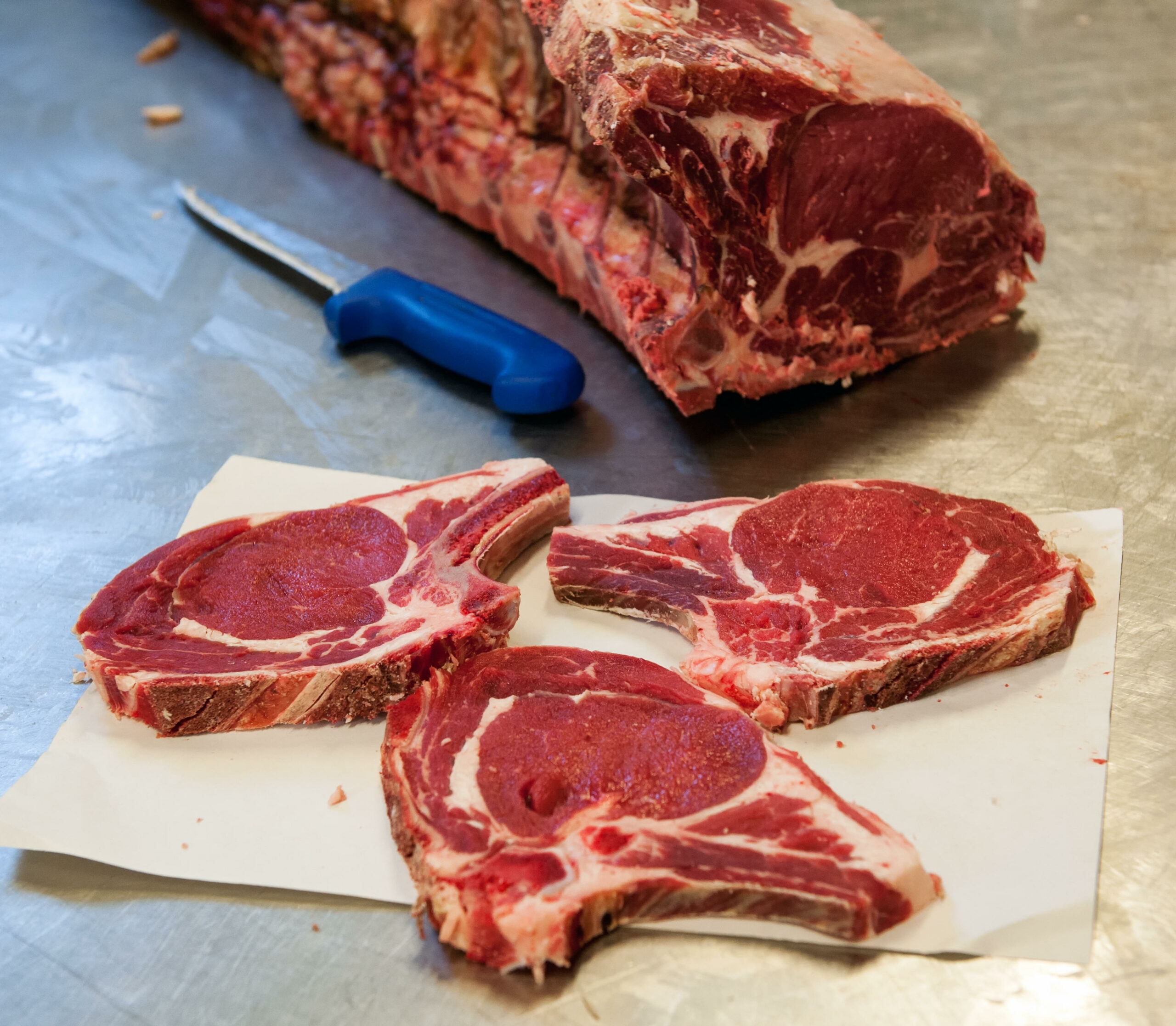 Rib-eye steak comes from the rib section of the animal (Credit: Alamy/Photology1971)
Rib-eye steak comes from the rib section of the animal (Credit: Alamy/Photology1971)
3. Rib-Eye
A classic steakhouse staple, rib-eye, as the name implies, is cut from the middle rib-section of the cow. The presence of bone gives the flesh a far greater depth of flavour than other cuts.
In addition, veins of fat help to make the meat moist and tender. Ideally suited for roasting as well as grilling, steaks should be cooked on as high a heat as possible and given a considerable time to rest for best results.
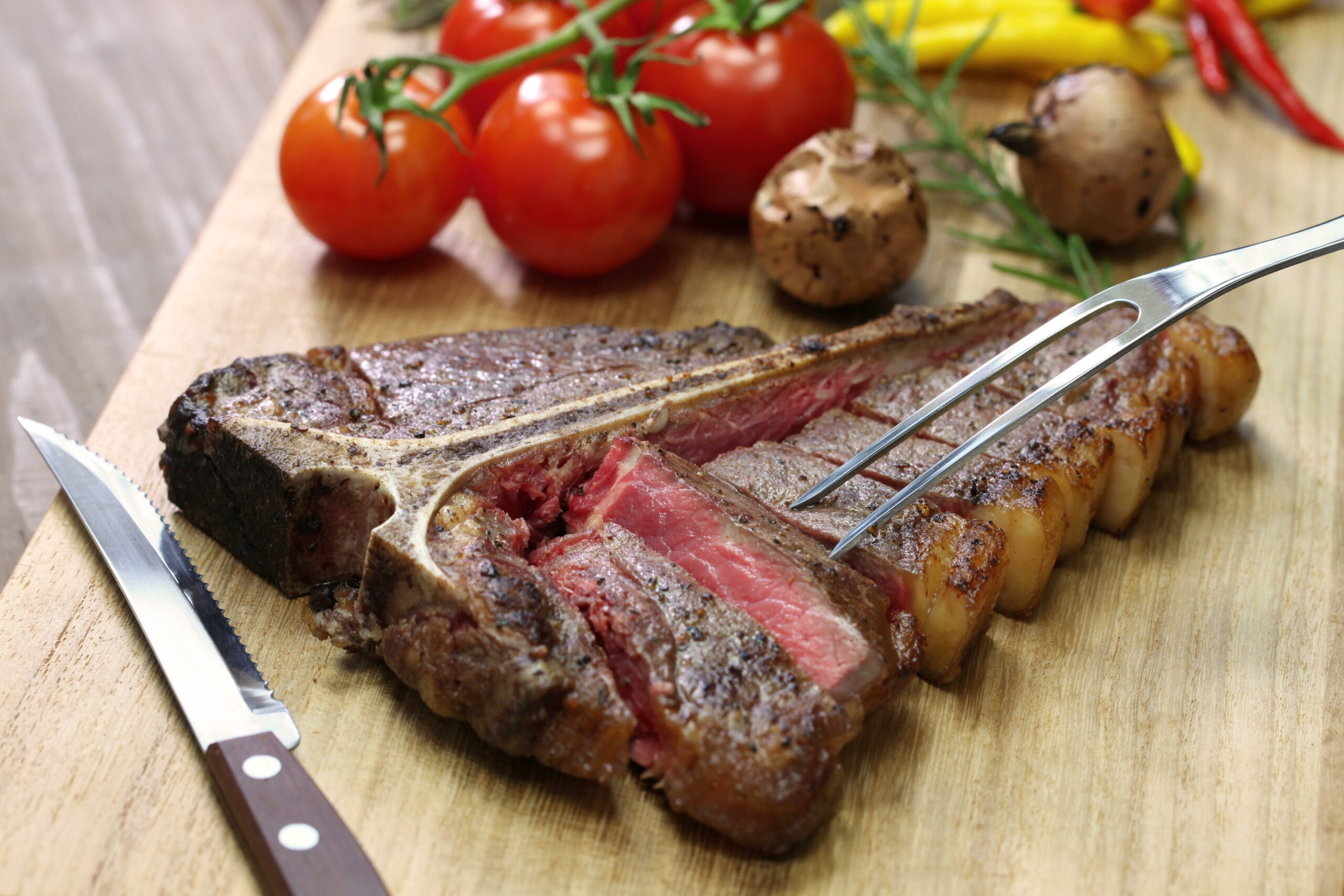 T-bone steaks feature both fillet and sirloin (Credit: Alamy/Kyoko Uchida)
T-bone steaks feature both fillet and sirloin (Credit: Alamy/Kyoko Uchida)
4. T-Bone
The biggest cut you’re likely to come across, a T-bone offers steak connoisseurs the best of two worlds. With a splice of bone dividing sirloin from the fillet, T-bone may be delicious, but it also represents a considerable cookery challenge.
Both cuts cook at different rates, so the steak needs to be carefully monitored to ensure that one doesn’t finish cooking before the other. Finished with butter, pepper and garlic, it’s difficult to top a T-bone’s contrasting tastes and textures.
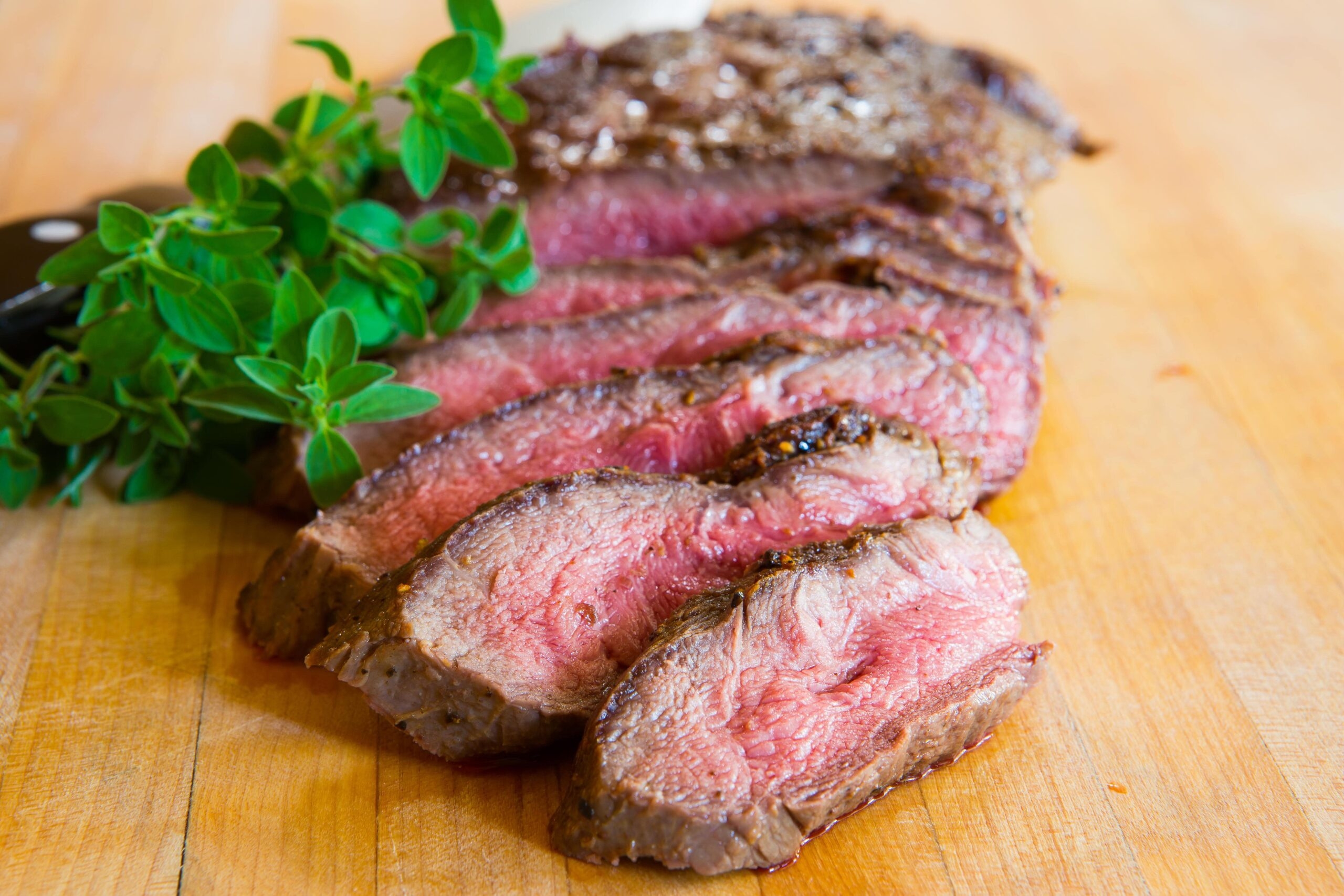 Flat iron is often considered a less glamorous cut (Credit: Alamy/Duncan Selby)
Flat iron is often considered a less glamorous cut (Credit: Alamy/Duncan Selby)
5. Flat Iron
A more unorthodox cut, this speciality is slowly building a dedicated following thanks to restaurants like the eponymous Flat Iron Steakhouse chain.
Thin and flavourful, flat iron steaks are best served after a lengthy marinade to ensure maximum tenderness. It’s important to remove the gristly fascia membrane prior to cooking in order to prevent the meat from becoming tough in the pan.
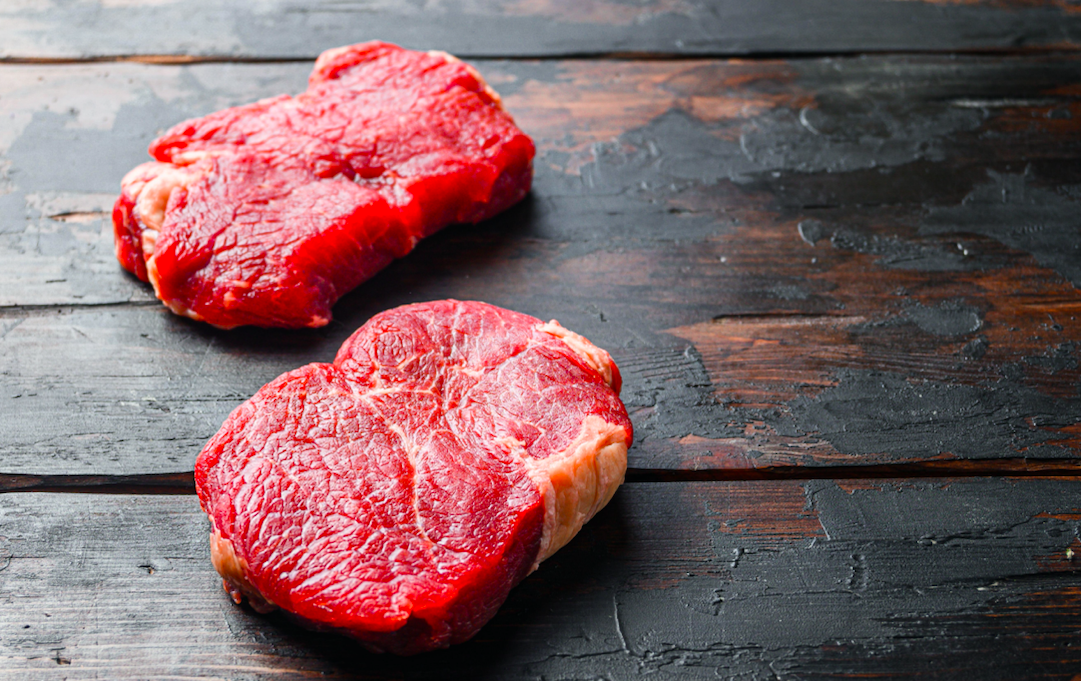 Rump steaks are generally extremely flavourful (Credit: Alamy/Ilia Nesolenyi)
Rump steaks are generally extremely flavourful (Credit: Alamy/Ilia Nesolenyi)
6. Rump
Considered to be the most flavourful of the common steak cuts, rump is a good quality large allrounder. With best results achieved with the steak served medium to medium-rare, rump gives a great chew as well as a bold meaty taste.
For best results, experts suggest searing rump on a grill rather than in the pan to ensure a proper char as well as perfect cook.
All steaks can be seasoned and styled to cater for a wide range of palates. As long as you understand your chosen cut, you should feel free to experiment with an array of seasonings and added extras to give your steaks a unique flavour. By following these guidelines you can give yourself the best chance of delivering perfect steaks every time.



.jpg_dU0O4c?tr=w-2560,f-webp,q-70)